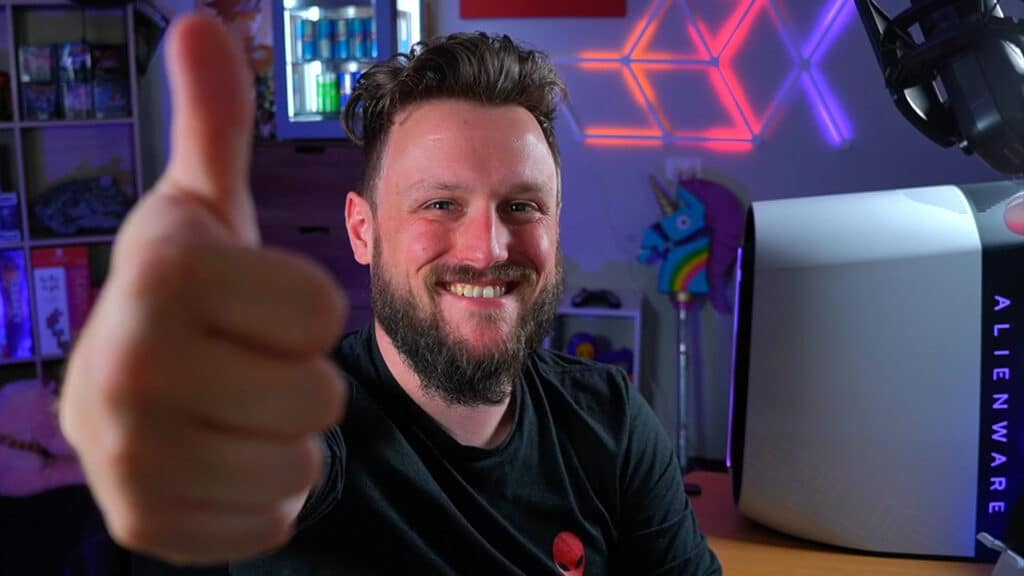The following will contain some Death Stranding spoilers.
P.T. was the little demo that took the world by storm. It was Konami and Kojima’s big way of announcing their new project, and the wildly different way they were approaching it. Coming out of seemingly nowhere, it took players across the world a long time to figure out, all of them working together, sharing their experiences of what happened, and eventually finishing it and uncovering the mysteries on offer. Well. Sort of. It mostly just lead to even more mysteries.

This was all in a time when players were finishing with Metal Gear Solid V, having already discovered its secrets and stories. Namely, the unobtainable secret win condition of disarming all the nukes in the game, from players all over the world, leading to a ‘Peace Day’ ending. Of course, players are kind of dicks, and the cutscene would never be seen outside of hacking and glitches.
Knowing this seemed to spark something in Kojima, perhaps it was the beginning, in that he intended for P.T. to be a collaborative experience. The common goal was the end of the demo, and it was hidden behind layers upon layers of puzzles and abstract thinking. Then, working together, we all managed to figure it out, only to be promptly disappointed knowing the Silent Hills project was cancelled and Kojima has left Konami to begin his own studio, Kojima Productions.
Where one door kind of messy slams closed, another opens, as Kojima retained much of the cast and production team from both the Metal Gear series and his Silent Hills project. Death Stranding was his next project, shrouded in confusion with not a lot to go on, other than cryptic trailers and promises that this game would focus on themes of ‘strands’ and ‘ropes’, bringing people together.
It becomes apparent Kojima wants players to work together in a world that’s full of conflict. To help each other reach a common goal and to create a new kind of experience in gaming, where a singleplayer game turns into a multiplayer experience where players never see or interact with other players directly, but always feel connected.
And that’s the beauty of Death Stranding. I tend to describe it to people as ‘the multiplayer game for people who only play singleplayer’. While, at the time of writing, there’s no big secret ending from working together like P.T. and Metal Gear Solid V offered, instead, it’s an integral part of the gameplay.

While not exactly original, with the Souls series (Dark Souls/Bloodborne/etc.) offering a similar system in allowing players to leave ‘messages’, the game still retains its oppressive atmosphere. While you know other people exist, and may be able to impact your world through messages or a duel, the player still feels alone throughout the game. It’s solely their journey to undertake. Death Stranding instead uses its system as a core game mechanic, allowing players to feel connected in an unconnected world.
‘Strands’ fall from the sky and indicate things other players have left behind, from the smaller, helpful items like a ladder to cross a river or a rope to climb a mountain, through to larger pieces of infrastructure that can entirely turn the tide of your playstyle and require multiple players all working together to construct, roads spanning large portions of the map, for example. And, of course, signs can be left behind as messages to warn of dangerous terrain or to mark out safe paths, or just as a means of encouragement.
Players are also rewarded for helping others, able to carry their cargo and retrieve lost items. Donate items to others. While it would be entirely possible to play the game with the online functionality off, it would be akin to playing the game with a large piece missing. Strands and how they can tie people, players and places together, is just as much a theme of the story and another example of Kojima implementing his design philosophy into the gameplay style.
We’re told that alternate realities exist, beaches function as a sort of multiverse, and we can assume the strands we see are the links to these universes and allow us to interact and join not only the game world, but the real world as well.

Though not quite as involved as a game like Journey, in which finding and interacting with one or more nameless, faceless players is integral, here we’re allowed to know who helped us, in fact it’s encouraged to give those players attention and praise through the ‘likes’ system. Players can actively request help, or never use it, other than perhaps an easy way to navigate rough terrain with what other players left behind.
But it also creates a heightened sense of unease, discomfort and loneliness when players stray outside the connected areas. Again, Kojima has created, through gameplay, a way to feel what the characters and inhabitants of the world feel. It’s entirely possible to navigate alone. It’s even easy at times. But once an area has been connected, it’s impossible to deny that it springs to life with signs, objects, stories of players who have taken routes and travelled the same paths we have.
It offers us a way to connect, regardless of background, whether they’re assholes who would normally cause trouble for other players or not, self-serving players who just want to build a road for themselves, it creates a world that tells all kinds of stories.
Even though seeing another human character is rare, even though it’s easy to travel for an hour or more in-game just exploring, only running into obstacles, all it takes is seeing evidence someone else has been through, knowing the nearest safe house is nearby, a sign of encouragement to keep you going, Death Stranding offers a unique spin on multiplayer and singleplayer that’s rarely seen in an industry that says one or the other is the standard.
Kojima does it again.




